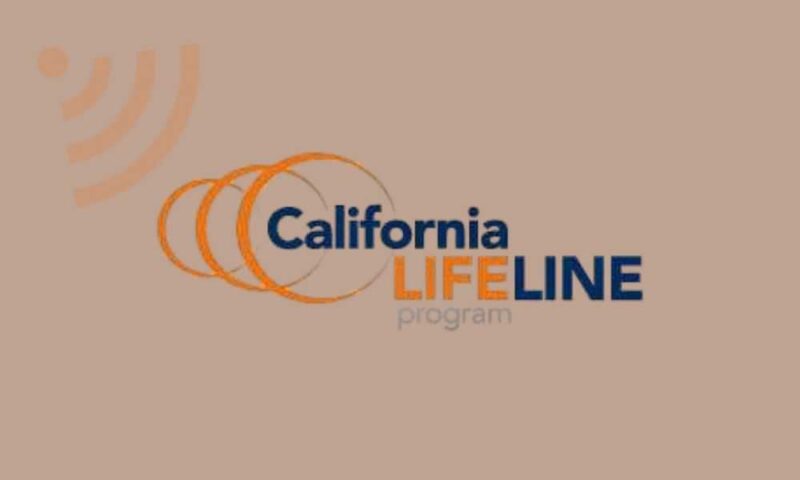In a world where connectivity is key, the ability to communicate is not just a convenience but a necessity. Lifeline services in Los Angeles provide vital phone and internet access to low-income individuals and families, ensuring that everyone has the opportunity to stay connected. This article takes a deep dive into Lifeline services, how they work, who qualifies, and why they are critical to LA’s most vulnerable communities.

What Are Lifeline Services?
Lifeline is a federal assistance program established in 1985 by the Federal Communications Commission (FCC) to make phone and internet services more affordable for low-income households. The program helps ensure that no one is left behind in today’s digital age, where access to communication can mean the difference between job opportunities, health care access, and staying connected with family and emergency services.
For qualifying residents, Lifeline services offer either reduced-cost or free phone and internet plans, helping bridge the digital divide for low-income individuals.
Why Lifeline Services Are Important in Los Angeles
Los Angeles is one of the largest and most diverse cities in the United States. It’s also a city where the cost of living is notoriously high, and many low-income households struggle to afford basic utilities, including phone and internet services. Lifeline services are essential for many Angelenos, especially those who rely on affordable communication for:
- Access to Employment: Having a phone and internet access is crucial for job seekers to apply for positions, receive calls from potential employers, and access online job boards.
- Health and Emergency Services: Communication with healthcare providers, including telehealth services, is increasingly important, especially for those who may not have reliable transportation or who are homebound.
- Education: Students from low-income families benefit from internet access to complete schoolwork, attend virtual classes, and use online resources for learning.
- Staying Connected: Lifeline helps individuals maintain contact with family, friends, and essential support networks.

Who Qualifies for Lifeline Services in Los Angeles?
To qualify for Lifeline services, individuals or households must meet specific income criteria or participate in certain government assistance programs. Here’s how you can determine eligibility:
- Income-Based Eligibility: Households that earn at or below 135% of the federal poverty guidelines qualify for Lifeline. For a family of four in Los Angeles, this means an income limit of approximately $40,000 or less annually.
- Participation in Assistance Programs: Lifeline also accepts participants who are already enrolled in federal assistance programs such as:
- Medicaid (Medi-Cal in California)
- Supplemental Nutrition Assistance Program (SNAP)
- Supplemental Security Income (SSI)
- Federal Public Housing Assistance (FPHA)
- Veterans Pension and Survivors Benefit Programs
- Tribal-specific programs like Bureau of Indian Affairs General Assistance
How to Apply for Lifeline Services in Los Angeles
Applying for Lifeline services in Los Angeles is a straightforward process, but it’s essential to know where to start. Here’s a step-by-step guide:
Step 1: Check Eligibility: The first step is to ensure you meet the income or assistance program criteria. You’ll need documentation such as pay stubs, tax returns, or proof of government assistance enrollment.
Step 2: Choose a Lifeline Provider: Several phone and internet service providers in Los Angeles participate in the Lifeline program. Major providers like Assurance Wireless, TruConnect, and Safelink Wireless offer plans that range from free cell phones with minutes to discounted internet services.
Step 3: Submit Your Application: You can apply online through the National Verifier (an FCC system used to verify eligibility), or directly through a Lifeline provider. Some community organizations in LA also help residents with the application process.
Step 4: Receive Your Services: Once your application is approved, you will receive either a discounted service or a free phone plan, depending on the provider and your eligibility.

The Impact of Lifeline on LA’s Communities
Lifeline services have a profound impact on the day-to-day lives of low-income individuals and families in Los Angeles. The program provides more than just phone or internet access; it offers a lifeline to opportunity and survival.
- Empowering Job Seekers: With more jobs moving online, having reliable phone and internet access is crucial for anyone looking for work. Lifeline enables job seekers to respond to job listings quickly and take part in virtual interviews.
- Supporting Families: For parents and students, Lifeline helps with online learning, virtual PTA meetings, and staying in touch with teachers. It’s an essential tool for ensuring that children don’t fall behind in their education.
- Accessing Health Services: In a city where transportation can be a challenge, especially for those without vehicles, Lifeline makes it easier for people to contact healthcare providers and manage their health remotely through telemedicine.
- Safety Net for Seniors: Many seniors, particularly those living alone, benefit from Lifeline’s phone service to stay connected with family members, caregivers, and emergency services in case of urgent needs.
Challenges and Opportunities: Expanding Lifeline’s Reach
While Lifeline has been a critical tool in helping low-income households, the program still faces challenges. In some areas of LA, awareness of the program is low, and many who qualify do not apply because they don’t know it exists or are unsure of how to sign up.
Efforts by local governments, nonprofits, and community organizations are crucial to expanding Lifeline’s reach. Many of these groups offer workshops and information sessions to educate residents about Lifeline and help them apply for the program. By spreading awareness and simplifying the application process, more Angelenos can benefit from Lifeline services.









